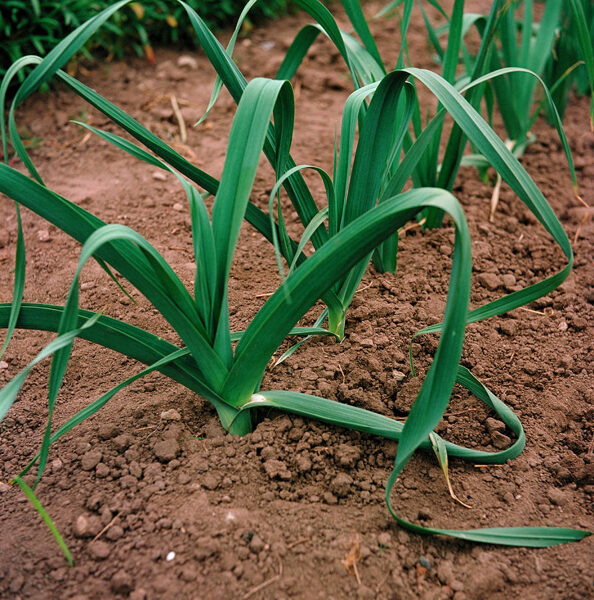Sakņu pētersīļi. Sēklas.
Parsley promotes the release of uric acid and salts from the body, which is crucial for gout or polyarthritis. Roots are useful for obesity and for liver and kidney disease. Against prostate, menstrual cycle disorders, heart oedema, kidney and intestinal colic, meteorism: 1 dessert spoon of finely chopped dried or fresh parsley roots are poured with 1/2 glass of boiling water and allow 8-10 hours to intervene, take it out, drink 1 tablespoon 3-4 times a day 30 minutes before eating.
Parsley has a high nutritional value (100 g parsley equals 38 kcal). They contain 14-16% dry matter, 3.5-3.8% protein, up to 10% carbohydrates, including 2-2.5% sugar. Parsley leaves contain over 160 mg of vitamin C and 7.4 mg of carotene, with small amounts also containing the other vitamins and various minerals. All parts of the plant contain ethereal oil, which has a pleasant aroma and a characteristic flavour. Parsley is one of the most used herbs in cooking. The aromatic leaves and roots of the plant are used to enhance the taste of the food. Along with the dill and celery, conserves of greens are made from them. Parsley is also widely used in preserving and pickling vegetables. The leaves of the crooked parsley adorn the dishes.
Parsley is a cold-resistant plant, with its seeds sprouting at 4 to 5 degrees, while adult plants withstand temperature drops of up to minus 7 degrees. Parsley requires a lot of moisture during seed germination and root swelling. The desired soil moisture – 67-75%. in order to obtain a higher and better quality yield, the volumes should be lowered.
Late variety for autumn harvest, storage. Roots 22 cm long, white, conical, aromatic. Resistant to root rust.
Root parsley seeds are sown from March to April in planting boxes, parsley plants are exhibited after frost.
10 seeds per pack.



